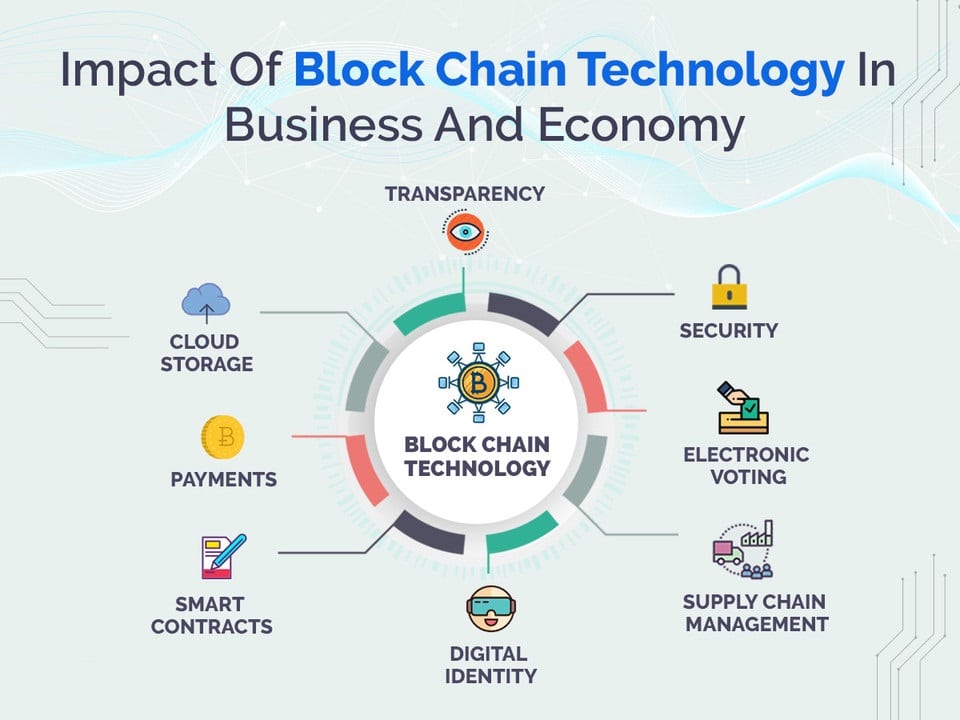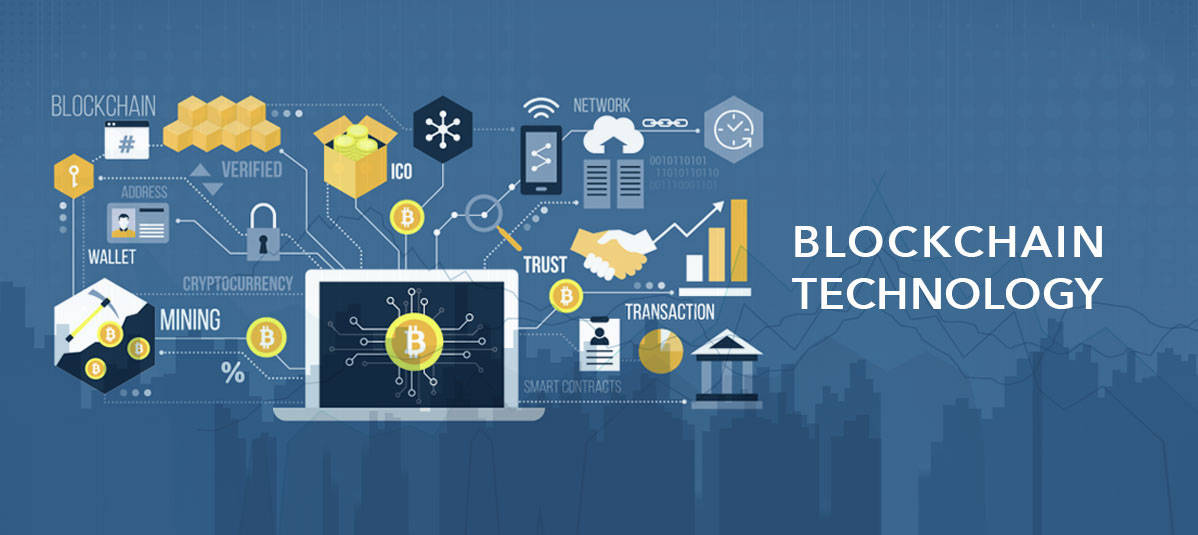Security Measures: Outsmarting Blockchain Attacks with Cutting-Edge Defenses
Blockchain technology is changing the game, but when hackers attack, everything is on the line. Your money, data, and trust in the system are all at risk. This is where I step in. I’m here to guide you through the latest security measures after blockchain attacks to make sure you are ahead of the game. Time to equip you with the tools to assess damage, fortify your blockchain, and prevent future breaches with strategies that work. Get ready to dive into a world where cutting-edge defenses become your new best friend in the battle against blockchain vulnerabilities. Now, let’s bolster your security know-how and turn the tables on those cyber threats.
Assessing the Damage: Post-Attack Blockchain Diagnostics
Conducting Blockchain Forensic Analysis
After a blockchain attack, we have a big job to do. First, we must find out what went wrong. This is where blockchain forensic analysis comes in. We act like detectives, looking at the data to see how the attack happened. We check every part of the blockchain, finding clues to learn about the bad actor’s moves. This helps us understand the weaknesses they used. With this knowledge, we fix these weak spots. Think of it as making the blockchain armor stronger at its weakest links.
System Vulnerability Assessments and Re-Establishing Integrity
Next, we assess the system for any other risks. This means we test every part of the blockchain to find where it might not be strong enough. We call this a system vulnerability assessment. It’s like checking a ship for holes before it sails. Once we know where the holes are, we patch them up. This makes the blockchain more secure than before.
During this process, we have another important task – to make the blockchain trusted again. After an attack, people might worry if it’s safe. That’s why we work hard to re-establish integrity. We not only repair the damage but also make sure every user can see that the blockchain is secure again. This might mean updating them on what happened and how we fixed it. Transparency builds trust. It’s like fixing a broken toy in front of a child – it helps them feel it’s safe to play with again.
In our toolkit, we have many fixes. We use tools like smart contract audits to check the code for any hidden problems. Think of these like going to the doctor for a check-up to prevent sickness. We have ways to recover the decentralized ledger to its correct state, like using a backup to restore lost or changed data. This is like having a spare tire when you get a flat – it gets you going again.
Blockchain hardening tactics make our chain tough. These are special moves we use to make the blockchain really hard to break into. We might make users have extra checks, like two-factor authentication. This is like having a secret code along with a key to unlock a treasure chest. It’s just harder for the bad guys to get in.
As a blockchain specialist, I work with many experts to build strong defenses. We put in security updates, check the whole peer-to-peer network, and even prepare for how we respond if there are any future attacks. We know it’s not enough to fix things once. We keep looking for ways to stay ahead of threats.
A safe blockchain is one that keeps improving. It’s a lot like life – we learn, we grow, and we get better every day. And I’m here to make sure we do just that for the blockchain. It’s all about making sure that what we build serves people well and remains a safe place for everyone’s digital treasures.
Fortifying the Blockchain: Advanced Cryptographic Measures
Implementing Cutting-Edge Cryptographic Security Enhancements
After a hack, we must act fast. One key way is by boosting our cryptographic security. This means making codes that guard our blockchain tougher. How? First, we look at how the bad guys got in. Then we fix it with stronger code. This could mean adding fresh layers of coding puzzles they can’t crack. Or we might mix up how data is scrambled, so it’s harder for them to grab. It’s like switching locks after a break-in. Nobody can get in if they don’t know the new keys!
Clever hackers always look for weak spots. So we must do regular checks. We call these “system vulnerability assessments.” They help us find holes in our security before hackers do. We patch these up to protect our blockchain better. You see, it’s all about staying ahead. We can’t let our guard down, not even for a sec.
And the rules for getting into our system? We make them super strict. This is what we call “access control measures.” It’s like having a top-notch security guard. Only the right people can get in, and only if they know the secret knock. This ensures that when we seal up a breach, it stays sealed tight.
Zero Trust Architecture and Data Encryption Standards
Now, let’s talk about trust. In our world, it’s safer if we trust no one. That’s what “zero trust architecture” means. Everyone who tries to access our blockchain must prove they’re okay. Every single time, no exceptions. It’s like a club with super strict rules. Even if you’re a member, you’ve gotta show your ID each time. It may take longer, but it keeps us all safe from intruders.
Next, there’s “data encryption.” Think of it as wrapping your secret message in a super tough code. Even if someone unwelcome catches it, they can’t read it! We use the best standards out there. This keeps everyone’s info on the blockchain locked tight. Only the right people can see it.
Each step here is like building a fortress. But we do more than just build walls. We keep an eye out for weird stuff too. That’s where “real-time threat detection” helps. It’s like having guards on the lookout all the time. If they see something off, they jump into action. We spot trouble before it starts.
Lastly, we teach people not to fall for tricks. This way, they won’t give away keys to our safe. We call this “anti-phishing.” It’s a mix of smarts and being careful so that no one gets fooled.
So, to wrap it up, here’s the deal. To keep our blockchain safe after an attack, we work smarter. We boost our codes, check for cracks, and let in only folks we can trust, every time. We spot threats right away and don’t get tricked. This is how we toughen up our blockchain. It’s a never-ending fight, but we never stop. The bad guys won’t win, not on our watch.
Upgrading Protocols: Enhancing Blockchain Resilience
Smart Contract Audits and Vulnerability Scanning
After an attack, we check smart contracts like a doctor checks health. We use special tools to scan for weak spots. Just like how vaccines help us, these tools fix weak points. We call this a “smart contract audit”. It’s like proofreading your work but for computer code. Our goal: find problems before they hurt us.
Consensus Algorithm Improvements and Decentralized Ledger Recovery
Next, we tackle the heart of blockchain, the consensus algorithm. This is a set of rules that all computers in our network agree on. We make these rules smarter, faster, and tougher to beat. It’s like upgrading a security system after a break-in.
If hackers mess up our ledger, we have a plan. We can bring it back to its last good state. This is much like how we turn back time on a damaged file to the last save. It’s a tough process but we can do it. We call this “decentralized ledger recovery”.
When we talk about making blockchains strong, we don’t just mean tough like metal. We mean wise and able to learn from attacks. Yes, these hacker attacks are bad. But we get better because of them. We find out what went wrong, and then, we fix it fast. The cool part is every time we do this, our whole system gets even safer.
Our work is kind of like keeping a fortress safe. We keep building higher walls and deeper moats. We teach our guards new tricks. Each time a bad guy tries to get in, we learn, we grow, and we get ready to stop them next time.
By doing all this, we keep your digital treasures safe. We use the best tools and brains to make sure of this.
But here’s the thing. We won’t just rest on our laurels. We’ll keep asking questions. What can we do better? How can we stay a step ahead of the bad folks? We’ll never stop because your trust is our top trophy.
So, you see, we work every day to make blockchain safe. We do this for you. We do this for everyone who trusts us with their digital gold. I’m here to make sure your trust in blockchain is never shaken.
Prevention and Recovery: Developing Robust Security Strategies
Real-Time Threat Detection and Anomaly Monitoring Systems
We fight back against crypto hackers with sharp tools, like real-time threat detectors. These systems keep a round-the-clock watch on all blockchain network activities. Think of a cyber guard dog that never sleeps nor blinks. This guard dog barks at odd patterns or activities that could harm our digital coins.
What is the role of real-time threat detection in blockchain security? It acts as a first line of defense. When a fishy action pops up, the system sends out alarms. This helps security pros jump into action fast. They can often stop thieves before they do real harm. Quick action is key here. It means less damage and a faster bounce back.
Implementing Multi-Sig Wallets and Access Control Measures
What’s something stronger than a single key to lock up your digital gold? Many keys! We’re big fans of multi-signature, or multi-sig wallets. These wallets need several keys to open and make a move. It’s like needing several top bosses to say “yes” before action happens. This can stop a single bad egg from causing chaos.
Why should blockchain services use multi-sig wallets? Safety in numbers, friends. If one key gets stolen, your treasure stays locked shut. It takes a bunch of keys, held by different people, to start moving things. This way, if a hacker gets one key, they still can’t get to your goodies.
We also set up tough rules for who can reach different parts of our blockchain system. With access control measures, only the right folks can touch delicate areas. We stay safe by being strict on who gets in where. It’s like having a VIP list for our blockchain club. Not on the list? No entry.
In my line of work, I see attacks, but I also see us bouncing back. I love puzzles, and this is a big one. We always look for better ways to keep bad plays at bay. Our toolbox is full of gadgets and plans like wallets with multi-layer security and eyes everywhere on the system. This helps us stay a few steps ahead of the sneaky folks out there.
With each attack we learn, we grow, and we strengthen our walls. The goal? An unbreakable blockchain fortress. Nothing beats seeing a plan keep an attack from turning ugly. It’s a game of cat and mouse, and we aim to always be the smarter cat.
An attack can rattle us, sure, but we don’t just throw up our hands. We learn, adapt, and come back stronger. We’re a team in this digital world, fighting off cyber sneaks and keeping our blockchain palace safe for everyone.
In this post, we’ve explored key steps to protect and fix blockchain systems. We started by looking into how to find and assess harm after an attack. We moved on to beef up security with top-notch crypto tools and zero trust plans. Next, we tackled how to make the blockchain tougher with smart checks and better rules. Last, we covered how to spot dangers quick and lock down access to stay safe.
I’ve shared ways to stop attacks and bounce back if they happen. Remember, strong blockchains need constant work. Keep it secure with the latest in tech and be ready for anything. Stay sharp, update often, and keep your data safe.
Q&A :
What should you do immediately after detecting a blockchain attack?
Once a blockchain attack is detected, it is crucial to take immediate action to minimize damage and prevent further exploitation. The first step should involve pausing transactions if possible, followed by an investigation to assess the breach’s impact, identify vulnerabilities, and pinpoint the attack vector. Notifying users and stakeholders is essential to maintain transparency. Engaging cybersecurity experts to conduct a thorough analysis and to help reinforce security measures can be pivotal in restoring security and trust in the affected blockchain system.
How can you enhance security to prevent future blockchain attacks?
To enhance security and prevent future blockchain attacks, implement layered security protocols including regular updates to the blockchain software, the use of advanced cryptographic methods, and multifactor authentication for users. Additionally, consider conducting periodic security audits, employing real-time monitoring systems for unusual activity, and engaging in continuous education on the latest threats and vulnerabilities. Collaboration with security researchers to stay ahead of potential exploits can also strengthen your blockchain’s defenses.
What are some common types of blockchain attacks and how can they be mitigated?
Common types of blockchain attacks include 51% attacks, Sybil attacks, phishing attacks, and smart contract vulnerabilities. To mitigate these, ensure a decentralized and diversified node network to prevent 51% attacks, employ robust identity verification systems to combat Sybil attacks, educate users on recognizing and avoiding phishing attempts, and perform extensive audits and testing on smart contracts before deployment. Additionally, the use of bug bounty programs can incentivize the discovery and reporting of vulnerabilities.
Why is it important to have a recovery plan for blockchain security breaches?
Having a well-defined recovery plan is essential because it ensures a swift and structured response to security breaches, minimizing the damage caused. A strong recovery plan includes steps for identifying and isolating compromised areas, strategies for data recovery, and clear communication protocols to inform all affected parties. It also helps in restoring operations quickly and securely, while ensuring legal and regulatory compliance.
Can decentralization in blockchain help in improving security against attacks?
Decentralization in blockchain inherently distributes control and decision-making power across a wide network, which can significantly increase the difficulty for attackers to compromise the system. By not having a single point of failure, a decentralized blockchain network can be more resistant to attacks such as hacking and DDoS attacks. To further strengthen security, it’s important to maintain a high level of node diversity and to ensure that consensus mechanisms are robust against collusion and other attack strategies.




RELATED POSTS
Can blockchain track pharmaceuticals throughout the supply chain?
Can blockchain track pharmaceuticals throughout...
What is a double-spending attack? How Safe Are Your Digital Transactions?
What is a double-spending attack?...
How does DALLE work? A Comprehensive guide to AI Art generation
How does DALLE work? This...
Infrared Finance: Leading PoL Staking on Berachain
Infrared Finance has emerged as...
Predictions For The Future Of Blockchain Technology: Trailblazing Tech Transformations Ahead
Blockchain technology is shaping the...
Examples Of Blockchain Use Cases Beyond Cryptocurrency: Surprising Uses
Discover 10+ examples of blockchain...
Blockchain Meets Education: Revolutionizing Learning Management Systems
Enhance e-learning with blockchain-enabled solutions....
Decentralized Content Sharing: Revolutionizing Educational Access and Collaboration
Decentralized content creation and sharing...
Challenges of Blockchain in Education: Bridging the Equity Gap
Explore the challenges of using...
Unpacking Types Of Attacks On Blockchain Various
Types of attacks on blockchain...
Blockchain Revolution: Safekeeping Educational Data in the Digital Age
Embrace blockchain's impact on educational...
Define Blockchain Technology – A Beginner’s Introduction
Have you ever wondered what...
On-Chain Essentials: Unraveling the Backbone of Blockchain Technology
Dive deep into on-chain transactions,...
Green Cryptocurrency: Is Eco-Friendly Trading the Future?
Discover the importance of green...
Blockchain Security Breakdown: Why Trust is the Ultimate Currency
Discover the importance of trust...
Challenges of Blockchain: Can It Truly Prevent Voter Fraud?
Challenges of using blockchain for...